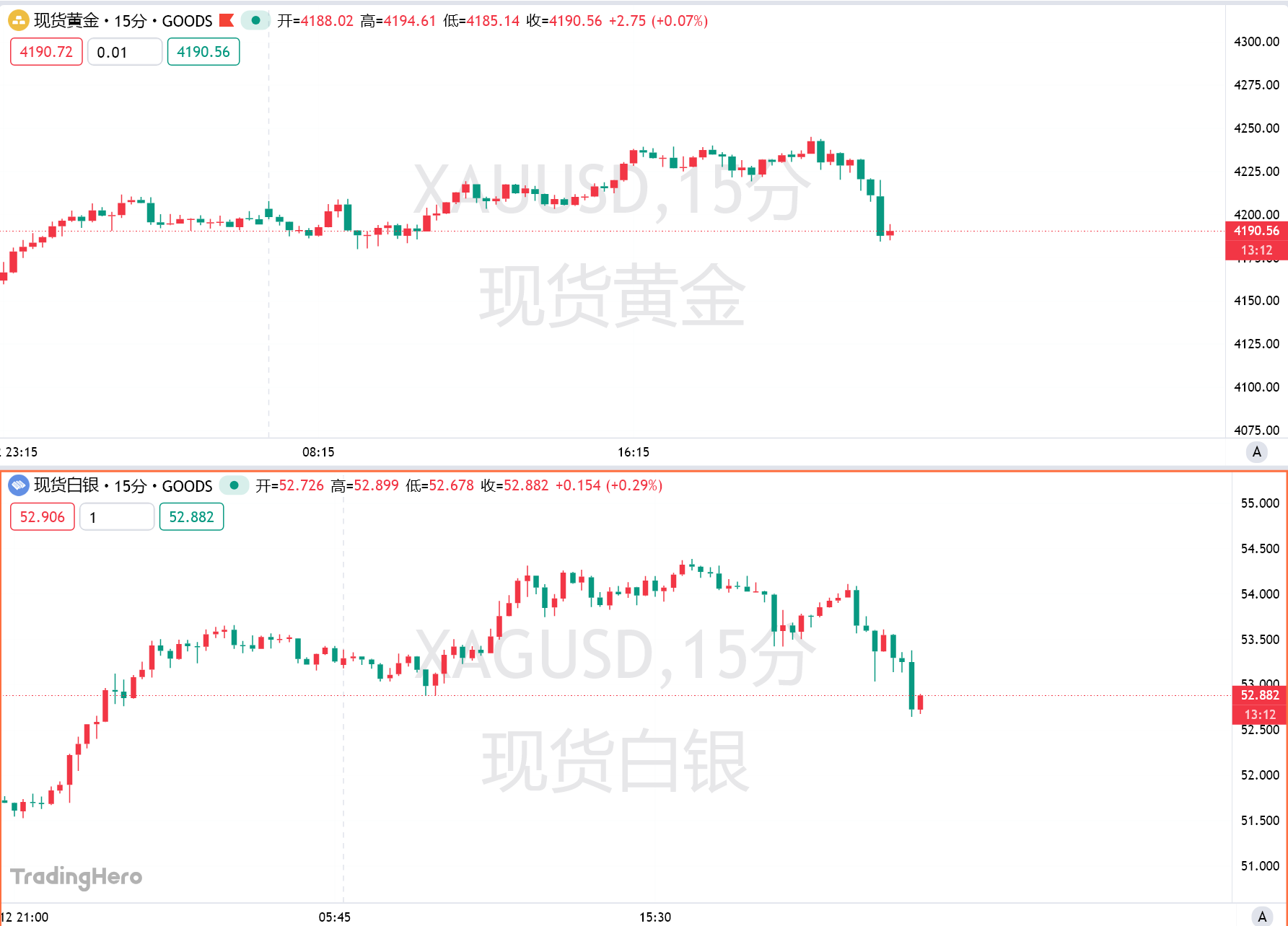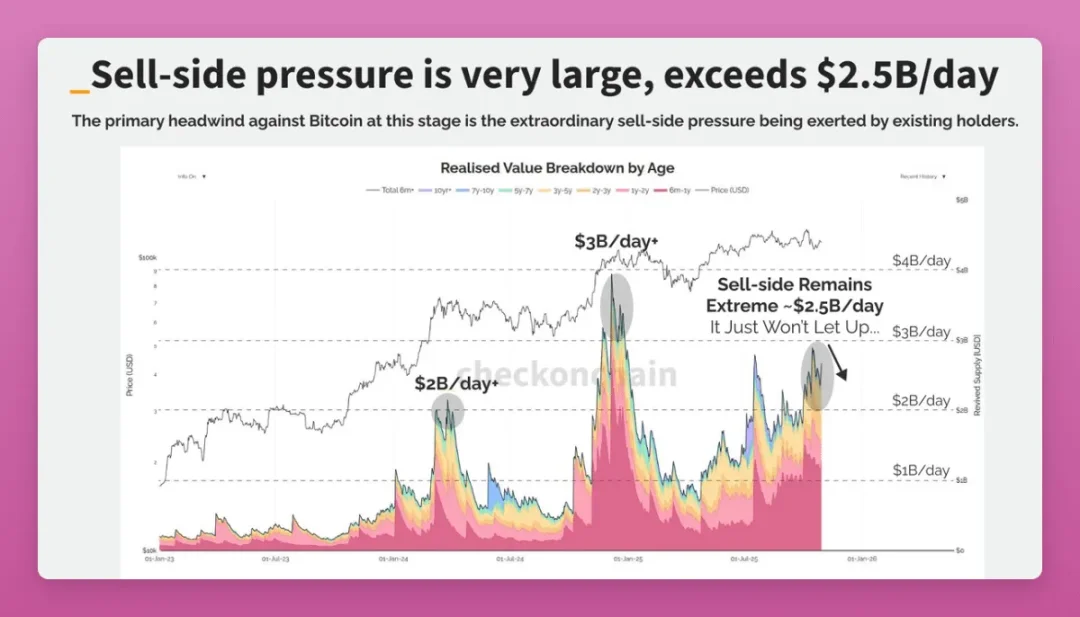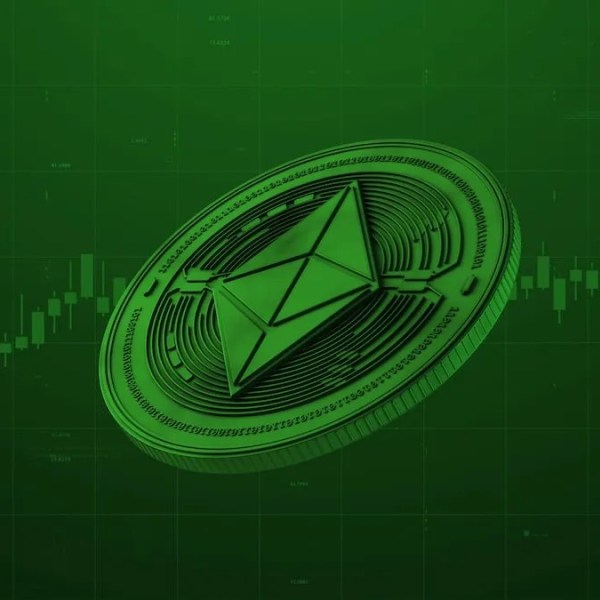Circle’s Bridge Kit opens multichain USDC flows for developers
Circle is releasing a new developer toolkit designed to reduce the complexity of integrating cross-chain USDC transfers. The Bridge Kit packages existing protocol functions into a streamlined SDK, potentially cutting significant time from development cycles.
- Circle unveiled Bridge Kit, a new SDK that simplifies cross-chain USDC transfers using its Cross-Chain Transfer Protocol (CCTP).
- The toolkit condenses complex bridging steps into a single method call, enabling transfers between EVM and non-EVM chains.
In an announcement on Oct. 21, USDC issuer Circle unveiled its Bridge Kit, a developer toolkit that abstracts the underlying complexity of its Cross-Chain Transfer Protocol. The kit provides pre-built software methods, comprehensive documentation, and sample code, allowing developers to implement secure USDC transfers across different blockchains with a significantly reduced coding footprint.
Bridge Kit’s launch signals a strategic pivot for Circle, shifting from simply providing the plumbing for cross-chain movement to actively encouraging its use by reducing the developer resources required.
How Bridge Kit simplifies cross-chain USDC movement
Circle said Bridge Kit functions as an abstraction layer for its CCTP, packaging the multi-step process of a cross-chain transaction, which typically involves burning, attesting, and minting tokens across different networks, into a single, high-level SDK method.
This is how it enables a transfer between, for example, an Ethereum Virtual Machine chain and a non-EVM chain like Solana with one call. The developer no longer needs to manually manage the entire sequence of on-chain operations; the toolkit handles the orchestration internally.
The USDC issuer outlines several benefits within the kit. The claimed fast, intuitive integration stems from this abstraction, purportedly allowing a functional transfer to be added in under ten lines of code.
A notable feature is the built-in monetization support, which provides developers with the logical framework to embed a fee mechanism directly into their application, letting them earn revenue from each transfer they facilitate.
Per the statement, the toolkit is the opening move in Circle’s broader vision for what it terms the “ideal DevEx,” or developer experience. Circle believes the inevitable migration of the global economy onchain requires a more streamlined foundation. Bridge Kit is explicitly the first in a planned suite of such tools, with future kits intended to simplify other core stablecoin functions like “swap” and “pay.”
Disclaimer: The content of this article solely reflects the author's opinion and does not represent the platform in any capacity. This article is not intended to serve as a reference for making investment decisions.
You may also like
Mars Morning News | ZCash shielded pool assets reach 23% of total supply, network usage surges
The potential end of the U.S. government shutdown means the SEC and CFTC will resume crypto regulatory work. The SEC may prioritize support for tokenization businesses, while the CFTC plans to promote spot crypto trading. The Hello 402 contract has been exposed to risks of unlimited issuance and centralized manipulation. The probability of a Fed rate cut in December is 69.6%. Summary generated by Mars AI. The accuracy and completeness of this summary are still being iteratively updated by the Mars AI model.

The Federal Reserve pours cold water, December rate cut expectations plummet!
San Francisco Federal Reserve President Daly, who has consistently supported interest rate cuts, also sent a cautious signal on Thursday. Market expectations have quickly reversed, with short-term interest rate futures now showing only a 55% probability of a Fed rate cut in December...

Has sector rotation in the crypto market really failed?
With BTC maturing first, ETH lagging behind, and SOL still needing time, where are we in the cycle?

Prospects of Ethereum Protocol Technical Upgrade (1): The Merge
This article will interpret the first part of the roadmap (The Merge), explore what technical design improvements can still be made to PoS (Proof of Stake), and discuss ways to implement these improvements.

